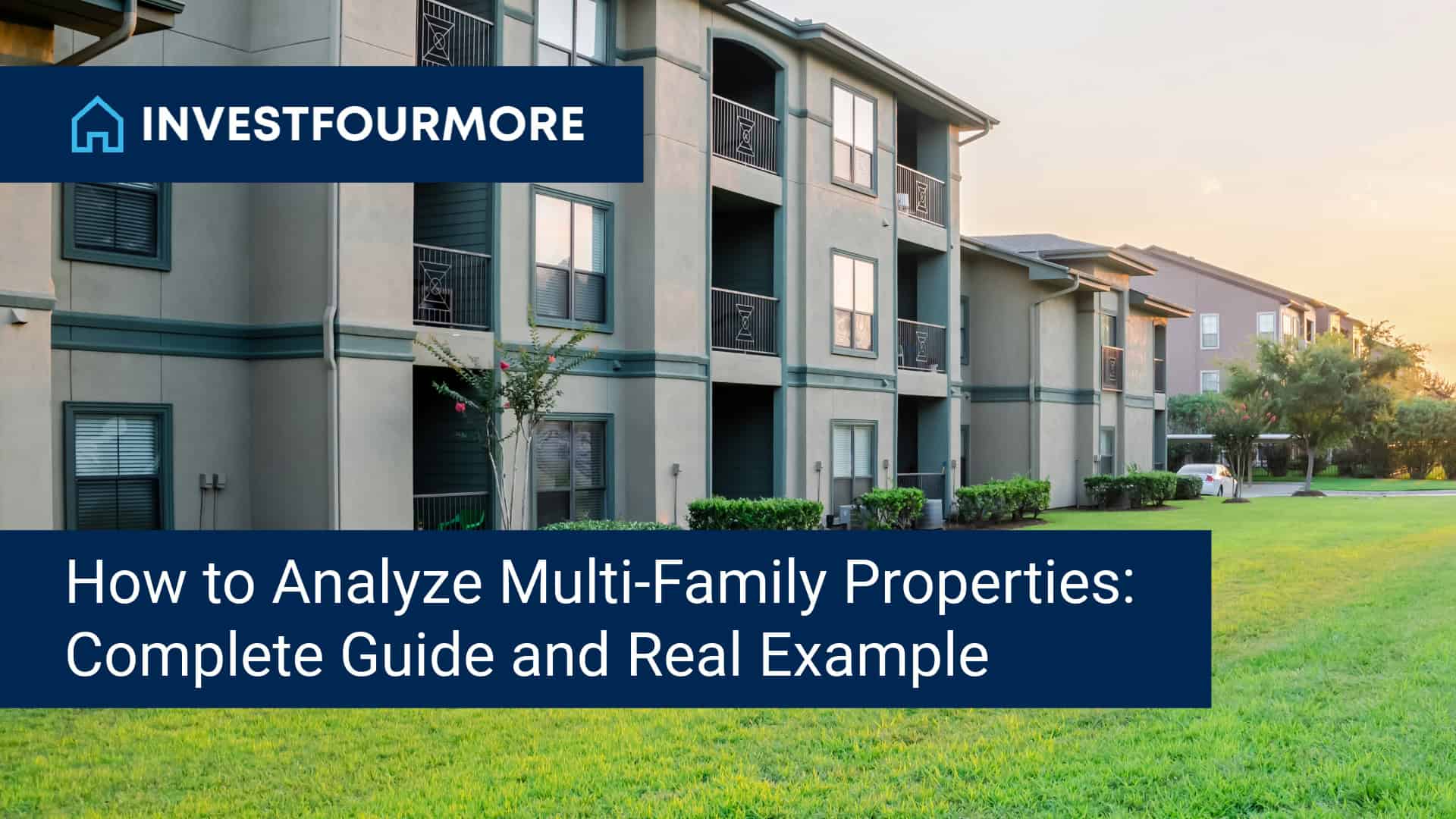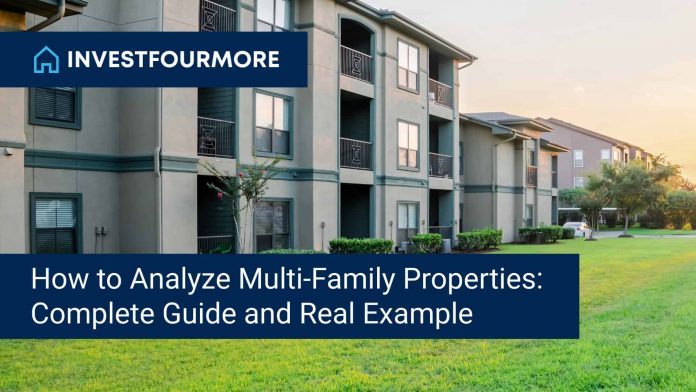
As someone who’s bought and managed many rental properties, including my recent “Ocho” 8-plex (which has been quite the adventure), I can tell you that analyzing multi-family properties requires a different approach than single-family homes. While single-family rentals can be great investments, multi-family properties offer unique advantages – and challenges.
In this guide, I’ll walk you through exactly how to analyze multi-family deals and use examples along the way. No theory here – just practical advice from someone who’s been in the trenches.
Why Multi-Family Properties Can Be Great Investments
Before we dive into the analysis, let’s talk about why you might want to consider multi-family properties:
- Economies of scale for maintenance and management
- Often better cash flow than single-family homes
- Ability to build wealth faster with more units under one roof
- Easier to justify hiring professional property management
- Commercial financing options can be more flexible
However, they also come with unique challenges like:
- Higher upfront costs
- More complex management
- Potentially more difficult financing
- Increased regulatory requirements in some areas
Key Metrics for Analyzing Multi-Family Properties
1. Net Operating Income (NOI)
The NOI is your property’s annual income after operating expenses but before debt service. Here’s how to calculate it using a simple example:
NOI = GPR - Vacancy Loss + Other Income - Operating Expenses Here’s an example:
- Gross Potential Rent (GPR)
- 10 units × $1,000 per month × 12 months = $120,000
- Vacancy Loss (estimate 7%)
- $120,000 × 0.07 = -$8,400
- Other Income
- Laundry: $2,400/year
- Parking: $3,600/year
- Total: +$6,000
- Operating Expenses
- Property taxes: $12,000
- Insurance: $6,000
- Utilities: $8,000
- Maintenance: $15,000
- Property Management (8%): $9,600
- Total: -$50,600
NOI = $120,000 – $8,400 + $6,000 – $50,600 = $67,000
2. Cap Rate
The cap rate is the NOI divided by the property’s value or purchase price. For example:
$100,000 NOI ÷ $1,000,000 Purchase Price = 10% Cap RateIn most markets, multi-family properties trade between 5-8% cap rates, though this varies significantly by location and property condition.
Cap Rate Calculator
3. Cash-on-Cash Return
This measures your actual cash return on investment:
Annual Cash Flow ÷ Total Cash Invested = Cash-on-Cash ReturnI generally aim for at least a 10% cash-on-cash return on my multi-family investments, though market conditions don’t always allow for this.
Cash-on-Cash Return Calculator
Example Property
Here’s an example analysis on an 8-plex.
Purchase Price: $850,000 Units: 8 Average Rent: $1,000/month
Gross Potential Income: $96,000/year Vacancy (7%): -$6,720 Effective Gross Income: $89,280
Operating Expenses:
- Property taxes: $8,000
- Insurance: $4,500
- Utilities: $6,000
- Maintenance: $12,000
- Management (8%): $7,142
- Total Expenses: $37,642
NOI: $51,638 Cap Rate: 6.1%
With 25% down ($212,500) and a 6% interest rate:
- Monthly Payment: $3,825
- Annual Debt Service: $45,900
- Annual Cash Flow: $5,738
- Cash-on-Cash Return: 2.7%
While the cash-on-cash return seems low, there is significant upside:
Cash Flow Calculator
Key Areas to Analyze
Here’s a quick punch list of what you should evaluate when considering a multi-family purchase:
1. Physical Property
- Building condition and age
- Roof, HVAC, plumbing systems
- Unit mix and layouts
- Parking and amenities
- Deferred maintenance
2. Financial Analysis
- Current and market rents
- Operating expenses
- Property tax history
- Insurance costs
- Utility bills
- Maintenance records
3. Market Analysis
4. Legal and Regulatory
Common Mistakes to Avoid
- Underestimating expenses – Always use the 50% rule as a quick check
- Assuming full occupancy
- Not budgeting for capital expenditures
- Ignoring market trends
- Failing to verify actual rents and expenses
Financing Considerations
Multi-family properties over 4 units are considered commercial real estate and require commercial financing. This means:
Due Diligence Checklist
Here’s my personal checklist for analyzing multi-family properties:
- Review last 2 years of:
- Income statements
- Tax returns
- Utility bills
- Maintenance records
- Rent rolls
- Inspect:
- Every unit possible
- All mechanical systems
- Roof and structure
- Common areas
- Verify:
- Current rents and deposits
- Lease terms
- Occupancy history
- Market rents
- Analyze:
- Local market conditions
- Competition
- Demographics
- Employment trends
When to Walk Away
Sometimes the best deals are the ones you don’t do. Red flags that make me walk away:
- Extensive deferred maintenance without proper price adjustment
- Below-market rents with long-term leases
- High crime areas
- Declining population or job market
- Difficult tenant situations
- Environmental issues
Conclusion
Analyzing multi-family properties requires more work than single-family homes, but the rewards can be worth it. Start small with a duplex or fourplex to learn the ropes before taking on larger properties. Remember that your first deal doesn’t have to be perfect – you’ll learn and improve with each investment.
Want to learn more about real estate investing? Check out my Complete Blueprint course or join my real estate mastermind where we dive deep into deals like these.
Have you analyzed any multi-family properties lately? What metrics do you look at first? Let me know in the comments below!

